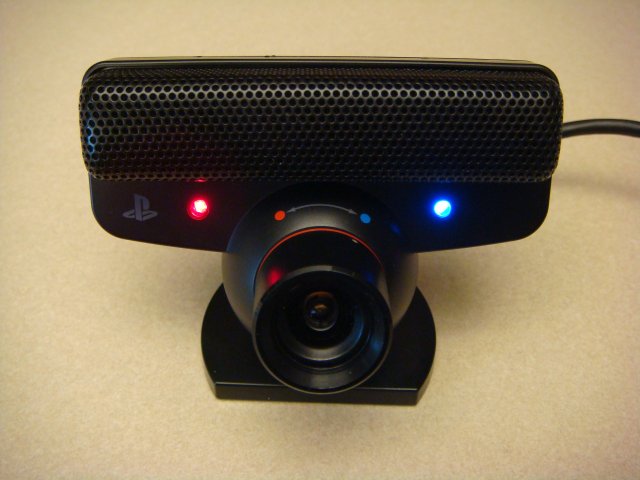

- #Facetune cost mod
- #Facetune cost full
#Facetune cost mod
the point of a camera mod that removes the "IR block filter" from the sensor is to pick up Hydrogen-alpha and Sulphur II spectrum light from Nebula that are often blocked by standard IR block filters that are built-in to cameras. you can try this by pulling the camera out of the scope tube (with scope length maxed) while holding camera (may need to shield open sides) and see if physically pulling the camera further back from the scope helps any with focus. additionally, you may need more or less "back focus" to get a sharp image (the focus of the scope itself may not be moving as close or as far as the sensor needs to be to the other optics of the scope to get focus. hence the suggestion you should get an IR filter for the objects you mentioned you want to shoot. ^if you just screwed out a lens, the lens probably had an NIR block filter in it.Įspecially NIR(Near Infrared light 700nm-1200nm spectrum which sensors can detectwith refractive optics,įocuses at a different point, so in Sunlight (which contains lots of NIR) trying to focus color light while the camera also sees out-of-focus NIR will blur your image. I take it you removed the lens off the cameras so you could connect them "prime focus" into the scope?. I take it you mean connected them to nosetube to connect to a scope?. Such could mean different things as there are many ways astrophotographer's "mod" their DSLR cameras. I didn't go as far as testing with my f/7 reflector (yet).Įdited by Fr3d, 06 August 2016 - 10:51 AM. The scope used was my Vixen A70LF (f/13), straight through/no diagonal, no barlow. I was shooting through a semi-clean window (ok, I'm really ashamed for that one!!!).Īre the results going to be any better once I have a chance to point at the moon from outside in the dark? (yes, I'm planning on filming, then running the sequence through the usual softwares). Also, is really hot and humid here today so probably isn't helping. is it normal, in daylight, looking at object less than 2km away, to get fuzzy images like this using a webcam? I really couldn't get a better focus, looking at the laptop, working with the cheap plastic focuser of my Vixen. I know, these are very VERY ugly picturesĪt this point I guess my questions is. 
This was captured (snapshot) with the PS3EYE: I mean, during daylight, pointing at something not very far (+/- 1500m).Īnyways, light did come in both cameras, but I couldn't get anything close to a somehow sharp image of the treetops I was looking at: I really didn't know what to expect in terms of image. It was morning when I ran the tests, and I basically just wanted to confirm light would be captured by the modded cameras, so I've setup my refractor (70mm/900mm) and pointed to a nearby mountain treetops (+/- 1500m from where I was).
#Facetune cost full
I have my hands full with stargazing and learning the ropes for now, but since I had all the camera parts available, I was curious and wanted to experiment using a webcam to capture the moon and other easy targets (Saturn, Jupiter).Ī SONY PS3EYE - which uses a CMOS sensor (OV7720)Īnd a Logitech QuickCam Pro 4000, which uses a CCD sensor: I know astrophotography is a hobby in itself and one I have not enough interest (yet?) to dive in.

Not sure if this is the right forum to post this or if it should go in the Digital Camera astrophotgraphy forum, but after going through a number of posts with jaw dropping images posted everywhere, I didn't dare ask this very (stupid?) beginner's question about using a webcam for astrophotgraphy in that forum, and reverted to the beginner's







 0 kommentar(er)
0 kommentar(er)
